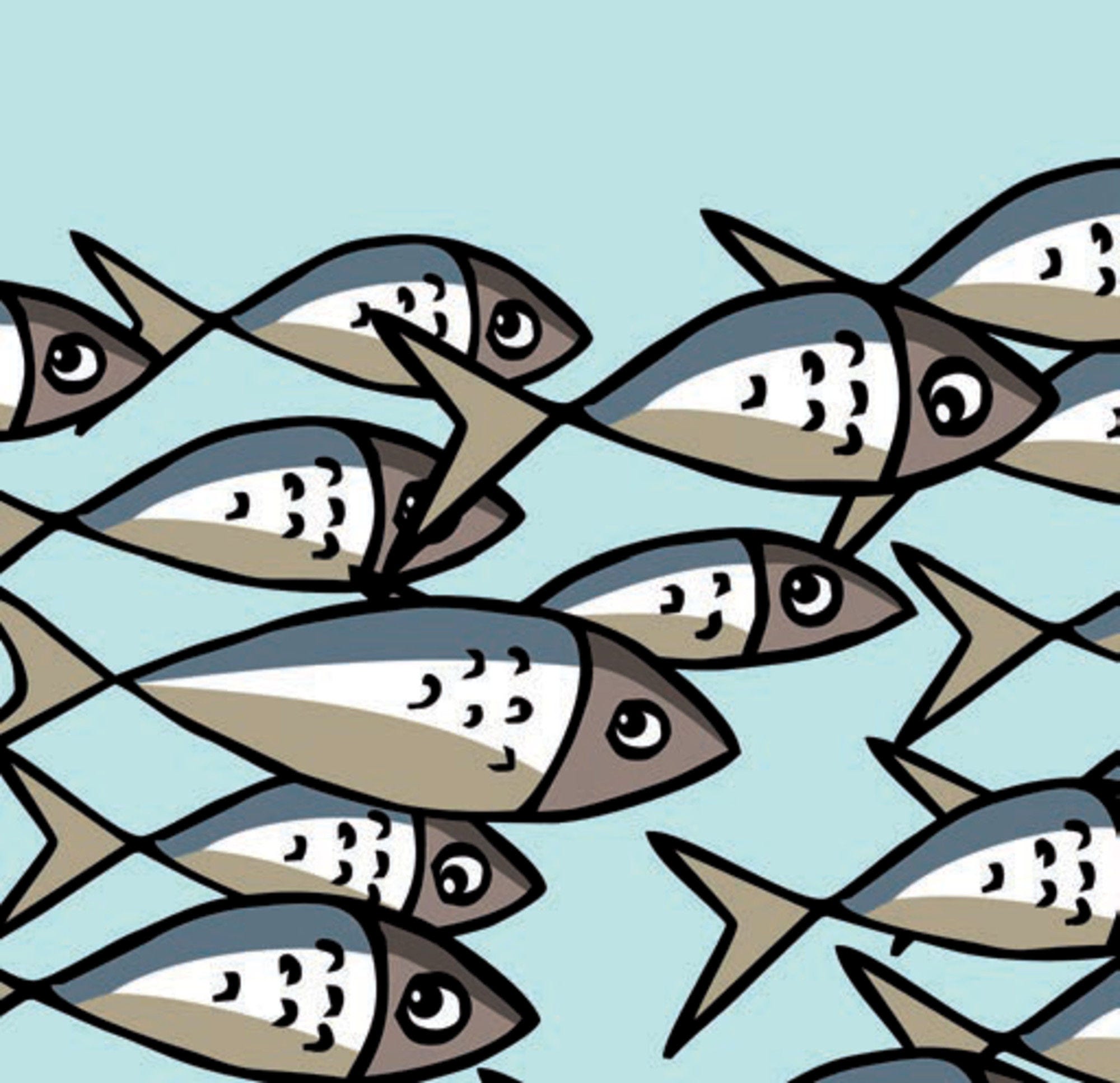Globally, fisheries are an important source of nutritious food and play a key role in global food security. They also provide livelihoods and play an important role in the local economy of coastal communities in many countries. As such, governments regulate and support fisheries to ensure they are both productive and sustainable, maintain fishers’ incomes in the face of shocks, such as the COVID-19 pandemic and the large-scale aggression by Russia against Ukraine, and ensure the well-being of people living in areas where alternative income sources are scarce.
However, government support can also pose risks to the sustainability and productivity of fisheries when it encourages the build-up of excess fishing capacity; overfishing; and illegal, unreported and unregulated (IUU) fishing. This is more likely to happen when fishing is not limited to sustainable levels. When government support encourages unsustainable fishing, it ultimately compromises fishers’ livelihoods – harming the productivity, and the very existence, of the resource on which they depend, while potentially making them more dependent on support in the process. In such cases, support is also generally not effective at raising fishers’ incomes and can have unintended negative impacts on the competitiveness of small-scale fishers.
The health of fish stocks is one of the main determinants of fisheries performance. Sustainably managing fish stocks and supporting fisheries in ways that do not compromise the health of resources is fundamental to the social, economic and environmental performance of the fisheries sector and its resilience to shocks, including those caused by climate change.
This edition of the OECD Review of Fisheries brings together available data on fish stock health, fisheries management, and support to fisheries in OECD countries and the main fishing nations outside the OECD to assess the health of fisheries and investigate how public policies could better support fisheries’ contribution to global food security and the ocean economy towards blue transformation.
According to the most recent stock assessments from the 32 countries and economies covered by the OECD fisheries management indicators, 64% of assessed stocks are in good health, 18% fall below sustainability standards, and for another 18%, assessments are not conclusive (and their health status remains undetermined). Further, just under half of the stocks in good health also meet higher management standards for optimising productivity (i.e. they are abundant enough to allow the maximising of catch volume or value).
Effective fisheries management is vital for maintaining fish stock heath and optimising their productivity. Data collected for this report show that fisheries management typically involves a range of measures to control how much fish can be caught and how, when and where it can be caught. Management also varies considerably across fisheries. In 2021, about three-quarters of the fish stocks making up the most valuable species for the countries and economies considered were managed with total allowable catch (TAC) limits, that is, caps on the amount of fish that can be harvested. TACs are believed to be one of the most important tools for ensuring the health of fish stocks. In 2020, species covered entirely by TACs accounted for USD 9.2 billion in landings, or 61% of the value of landing for all the species in the data set. This equates to 12.6 million tonnes of fish, or 81% of all these landings by volume.
The OECD Fisheries Support Estimate (FSE) data set covers 40 countries and economies, which together accounted for 90% of world landings over 2018-20. On average, during that period, they together provided annual support of USD 10.4 billion to the fisheries sector. This support equated to about 11% of the average value of landings in these countries and economies over the period, down from about 14% in 2012-14.
The countries providing the greatest levels of support to their fisheries also tend to have some of the largest fisheries sectors. Six economies accounted for 86% of all support reported in the FSE in 2018-20: the People’s Republic of China – 38% (down from just under half of all reported support in 2012-14), Japan – 13%, the United States – 10%, Canada – 8%, Brazil – 6%, while EU Member countries together accounted for just under 9%. These six economies were also in the top seven in terms of global catch volume, fleet capacity or employment. When considered as a share of the value of landings, per gross tonne of fleet capacity or on a per fisher basis, the support was highest in Poland, Sweden, Slovenia, Denmark and Brazil.
The FSE database is, however, made up of many different support policies that vary in nature and potential socio-economic or environmental outcomes. Thus, when comparing levels of support, it is informative to distinguish between the types of policies being considered and to contextualise the levels of support with appropriate measures of sector size.
In OECD countries, on average, 42% of the support provided over 2018-20 was targeted at ensuring productive and sustainable fisheries through spending on management, monitoring, control and surveillance (MMCS). Spending on MMCS has increased over time and is now the largest type of support in OECD countries. At the same time, 12% of fisheries support in the OECD was granted through policies that present a high risk of encouraging unsustainable fishing in the absence of effective fisheries management – primarily as support to fuel and vessels. Another 33% of support was granted through policies that can present a moderate, yet non-negligible, risk of encouraging unsustainable fishing – notably through support to infrastructure and support to income (which respectively accounted for 19% and 12% of total support). In emerging economies, the majority (53%) of support provided in 2018-20 came from policies that present a high risk of encouraging unsustainable fishing in the absence of effective fisheries management – primarily as support to fuel.
